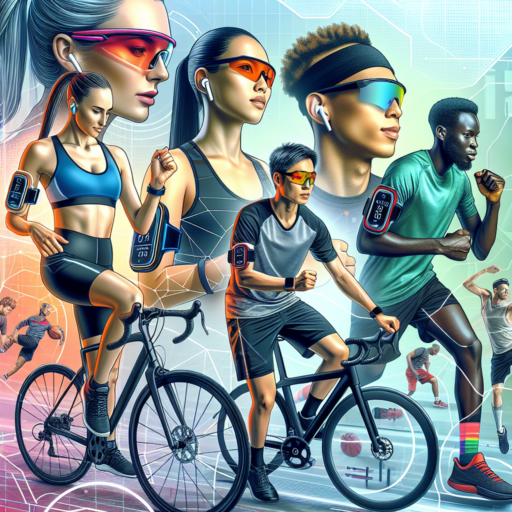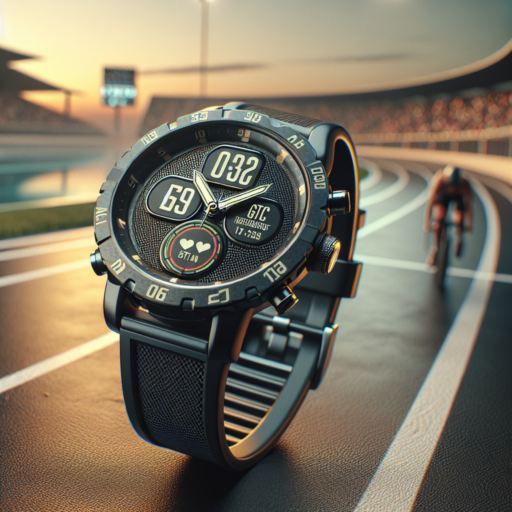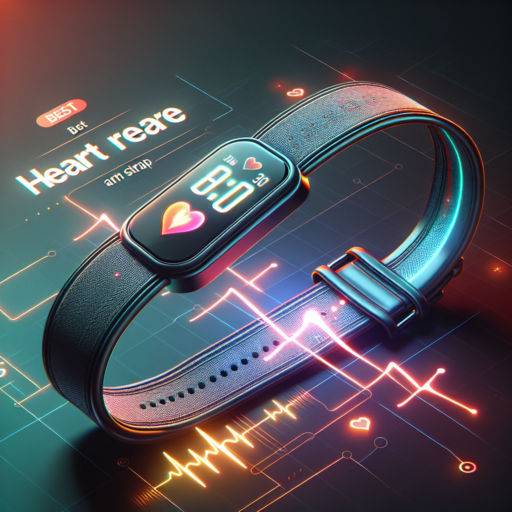What is wearable technology in sports?
Wearable technology in sports encompasses a wide range of devices designed to monitor, measure, and enhance athletic performance and health. These devices, which athletes wear directly on their bodies, provide real-time feedback on physical activities, enabling both casual fitness enthusiasts and elite athletes to optimize their workouts, prevent injuries, and closely monitor their progress. From smartwatches that track heart rates and steps to advanced clothing embedded with sensors that measure muscle activity and body temperature, wearable technology in sports has revolutionized how athletes train and perform.
Types of Wearable Devices in Sports
- Fitness Trackers: These compact devices monitor daily activity levels, including steps taken, calories burned, and overall physical activity.
- Smartwatches: Beyond just timekeeping, smartwatches offer comprehensive health tracking, GPS navigation, and mobile connectivity, suitable for a wide range of sports.
- Wearable Cameras: Used in action sports, wearable cameras allow athletes to record and analyze performances, refine techniques, and share their experiences.
The integration of wearable technology in sports has also paved the way for advancements in athlete safety. Devices such as impact sensors and biometric monitors can detect signs of overexertion, dehydration, and even the early symptoms of concussions, providing pivotal data that helps prevent long-term injuries. This technology fosters a deeper understanding of the physiological and biomechanical aspects of athletic performance, contributing to more personalized and effective training regimens.
Furthermore, the data collected by wearable technology offers invaluable insights for coaches and sports scientists, facilitating detailed analysis of an athlete’s performance and health indicators. This data-driven approach to sports training and management helps in identifying strengths and weaknesses, tailoring training plans to individual needs, and setting realistic and achievable targets. As the technology evolves, its role in enhancing sports performance and athlete welfare continues to grow, heralding a new era of sports science and personal fitness.
No se han encontrado productos.
What are 3 examples of wearable technology?
Wearable technology has become an integral part of our daily lives, enhancing our experience and interaction with the digital world. In exploring the vast universe of wearable devices, we find gadgets designed for health monitoring, fitness tracking, and even fashion tech that keeps us connected in style. Here, we highlight three popular examples that embody the innovation and utility wearable technology brings to our everyday experiences.
Fitness Trackers
First on the list are fitness trackers, such as the renowned Fitbit and Garmin wristbands. These devices seamlessly record and analyze your physical activities, from steps taken and calories burned to heart rate monitoring and sleep patterns. Fitness trackers have evolved from simple pedometers to sophisticated gadgets that can sync with smartphones, offering insights and personal reports on your physical wellness journey.
Smartwatches
Smartwatches, like the Apple Watch and Samsung Galaxy Watch, take wearable technology to another level. Not only do they incorporate all the features of fitness trackers, but they also bring smartphone functionalities to your wrist. They allow you to make calls, send messages, and access apps without reaching for your phone. Moreover, with their sleek designs and customizable faces, they are as much a fashion statement as they are a piece of technology.
VR Headsets
Lastly, Virtual Reality (VR) headsets such as the Oculus Rift and HTC Vive offer a deep dive into the world of immersive technology. They transport users to virtual environments for gaming, educational, and training purposes, providing a sensory experience that is unparalleled. These headsets have become more accessible and comfortable, promising a boundless exploration of virtual worlds.
In navigating the landscape of wearable technology, these examples illustrate the blend of innovation, convenience, and style that wearable devices bring into our lives. Whether for fitness, communication, or immersive entertainment, there’s a wearable tech piece that fits every need and preference.
What are the wearable technology in gyms?
In the realm of fitness, wearable technology has revolutionized the way we approach our gym workouts. These devices, ranging from smartwatches to fitness bands, have become indispensable companions for many gym-goers. Not only do they monitor vital health metrics, but they also provide personalized insights to optimize our training sessions.
Key Types of Wearable Technology
- Smartwatches: Beyond telling time, smartwatches track your heart rate, steps, and calories burned. They often come with specialized apps to monitor different workout routines.
- Fitness Bands: These are focused on tracking physical activity and health metrics. They’re lightweight, making them perfect for continuous wear during gym sessions.
- Heart Rate Monitors: Worn around the chest or wrist, these devices provide real-time data on your heart rate, offering insights into your workout intensity and fitness levels.
Integrating these technological advancements into gym routines enhances workout efficiency and effectiveness. By monitoring progress through quantifiable data, gym users can set realistic goals, follow their progress, and adjust their workouts as needed. Wearable technology in gyms not only motivates but also empowers users with the knowledge to improve their health and fitness in a measurable way.
What are the applications of wearable computing in sports?
Wearable computing in sports has revolutionized the way athletes train, perform, and recover. These cutting-edge devices, ranging from smartwatches to fitness trackers and advanced sensors, offer real-time data that athletes and coaches can use to enhance performance and prevent injuries. Wearable technology enables the measurement of vital statistics such as heart rate, sleep patterns, and even biochemical markers, providing a comprehensive overview of an athlete’s physical condition and readiness.
One significant application of wearable computing in sports is in monitoring and improving athletes’ training regimes. By analyzing data collected from wearables, coaches can tailor training programs that maximize performance while minimizing the risk of injury. For instance, running dynamics can be closely monitored to adjust an athlete’s technique, improving efficiency and reducing the impact on their joints. Wearable devices also feature in optimizing recovery strategies, guiding athletes through rest periods and rehabilitation exercises with precision.
In addition to training enhancements, wearable technology plays a crucial role in injury prevention and management. Sensors can detect abnormal movement patterns or stress loads, alerting athletes and coaches to potential injury risks before they escalate. This proactive approach allows for adjustments in training or technique to avoid overuse injuries, ensuring athletes can perform at their peak for longer periods.




